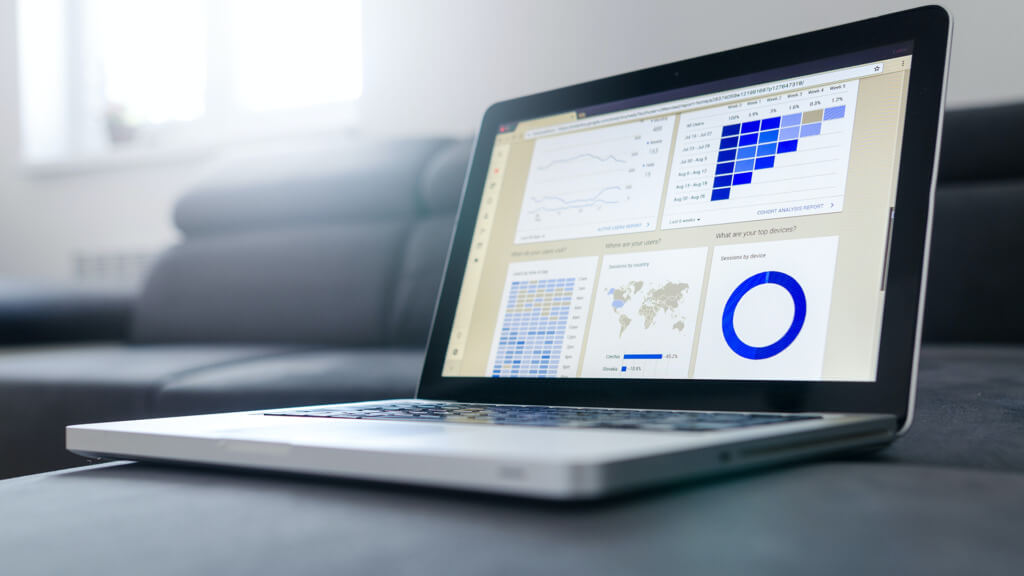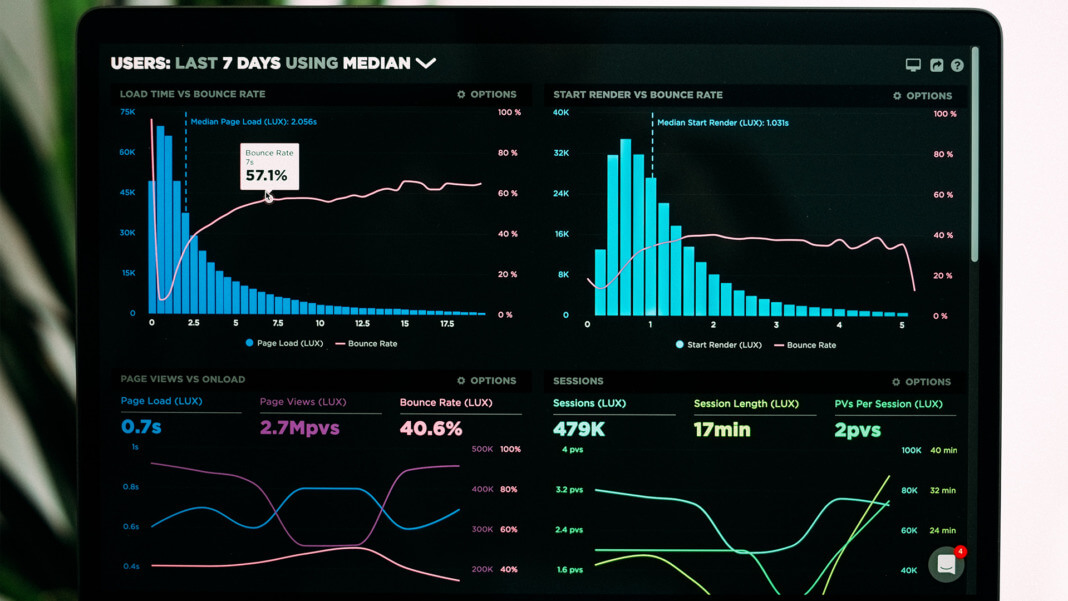Data nowadays is everything, but it is not enough to only collect it. You have to know how to analyze it and use it. This is why data analytics became a crucial part of any business. In this article, we will explain to you in detail what data analytics is and everything you need to know about it. To make sure that we have everything clear, we will also cover the difference between data science vs. big data vs. data analytics.
What is data analytics?
Every site or application now is collecting an enormous amount of data. And every business needs to decide how to use it. If the data is collected but not analyzed, this information is practically useless. This is why data analytics is crucial. In a nutshell, data analysis transforms the raw data into organized and meaningful information that can lead to valuable conclusions.
Data analytics helps companies drive smart business decisions based on information collected from real customers. If a particular problem has to be solved, you can dig deeper into the collectеd and already organized data to find possible solutions. Again thanks to data analytics, once a solution is implemented, you can find out how well it’s working. Using this valuable information makes it easy to take informed decisions that will bring you better results in a shorter period than just trying something without having any idea if it will work out.
However, data analytics can be used not only to solve an issue on hand. It can be used to drive the whole strategy of a company. Finding patterns in a considerable amount of data can pinpoint moments of the user journey that are underperforming, show you which internal processes should be optimized, which tools are unnecessary for your daily job, and much more. Based on data from the past, you can easily predict the future and avoid outcomes that might not be beneficial for your company.

What are the different types of data analysis?
There are four main types of data analytics – descriptive, diagnostic, predictive, and prescriptive. Let’s dig deeper into each one of them.
Descriptive analytics
This is maybe the simplest type of data analytics (if we can even say that there is a simple type). It is used to look into what already happened thanks to all the data you collected from the past. It is done using data aggregation and data mining. The data aggregation consists of collecting all the data, organizing it, and creating a report out of it. As the name suggests, the mining part is trying to find the hidden gems in this report — patterns that will show you the possible reasons for a problem or points that can be improved.
Once the two steps are done, you will have understandable data that shows a lot for your business. Using descriptive analytics, you can find what happened and when it happened. In most cases, this type of analytics doesn’t bother to find the reasons for the issue. This is something diagnostic analytics does, and we will look into it next.
Diagnostic analytics
Descriptive analytics showed us what the issue is or what aspects have the potential for improvement, and now is the time to understand why. You already noticed the patterns, but then you should look for the anomalies that led to those patterns with diagnostic analytics. As many people say — data tells you everything. This is why the reason for everything that happened can be found again in the data report.
Finding the reason for a problem starts from the time when a problem occurred and tracks it back in time. Like this, the data analyst will be able to find the cause-and-effect relationships. If the same things happened shortly before a problem occurred on a couple of occasions, then this should be the reason for the issue. Techniques you can use are probability theory, regression analysis, filtering, and time-series data analytics.
Predictive analytics
As the name suggests, predictive analytics predicts what will probably happen. This type of analytics is used to look into the future, and based on the data, you have to understand the best next step for your business. Using the information from the past, you will be able to estimate the outcomes of a change or improvement you want to implement.
Predictive analytics doesn’t guarantee that what you predicted will happen as you expect it. However, the chances are quite higher since you make educated guesses based on information. The data you collected from your customers and for the market might show you also some gaps that you can fill or potential trends that might emerge. Using predictive analytics you can be proactive and be a leader in your field.
Prescriptive analytics
The fourth most popular analytics type is prescriptive analytics. This one is used to give recommendations for the decisions that should be made and what actions should be taken. With this type, you won’t focus on a particular issue, but you will imagine possible scenarios of what might happen based on your data. You will also have to imagine what actions you might take and how they will affect your company for each scenario.
Prescriptive analytics is the most complex type of analytics. To take the best of it, you can combine it with machine learning, AI, complex algorithms, computational modeling procedures, and other techniques to show you all possible outcomes in a particular scenario. Prescriptive analytics also has the highest impact on the business because the decisions are taken on a high level and incorporated into the company strategy.
What is data analytics used for?
We already mentioned the different data analytics types and what each one is used for, so let’s just sum it up:
- Understand user behavior;
- Identify patterns and issues;
- Find the cause of a problem;
- Optimize workflows;
- Predict trends;
- Evaluate performance;
- Make decisions for future steps;
- Predict the outcome of different scenarios and more.
The difference between data science vs. big data vs. data analytics
When many people hear data, they don’t distinguish between the different processes and technologies that use data. So, it can happen that when someone just hears big data, they will not know that this is something completely different than data analytics or data science. To make everything clearer, we will explain the difference between the three.

What is big data?
Big data refers to large data sets that a business collects for data analytics. You will need specific tools and techniques to collect and use big data since we are talking about an enormous amount of data. And is usually very complex and unstructured initially, and without using some particular software, those data sets will be useless.
There is a lot of hype around big data, and there is a reason behind it. If the right data is collected and analyzed, it can give you priceless insights. However, big data does not have anything to do with the analyzing part. Big data describes the large data sets that are collected, but if anything, we can link it with the process of collecting this data. So, big data is like the library where data analytics looks for the answers to the questions and the solutions to the problems.
What is data science?
Data science is something a bit more complex to explain since it is not something that is limited to one single process or even one single field. This is more a method involving many other processes and methods. You can use a lot of programming, data analytics, AI, mathematical methods, statistics, scientific methods, etc. to perform even one task of a process involved in a data science project.
The goal of data science is, of course, to find solutions and insights that will bring science further. Data science will start by collecting data, analyzing it, making conclusions, implementing solutions, testing options, and starting all over again. So, we can say that data science uses big data and data analytics.
In a nutshell, the meaning behind the three terms is:
- Big data is a term describing large sets of data;
- Data analytics is the process of analyzing the data to reach meaningful insights;
- Data science is a multidisciplinary method that wants to understand the broader picture and find solutions that can be implemented on multiple levels.
Key takeaways
It is a lot of information to take in, but as we said, data is everything. Data analytics is very complex and can be used in almost any business aspect. Combined with big data and data science, the results can be phenomenal. The sky is the limit, but you can even surpass it if you use the data right.





